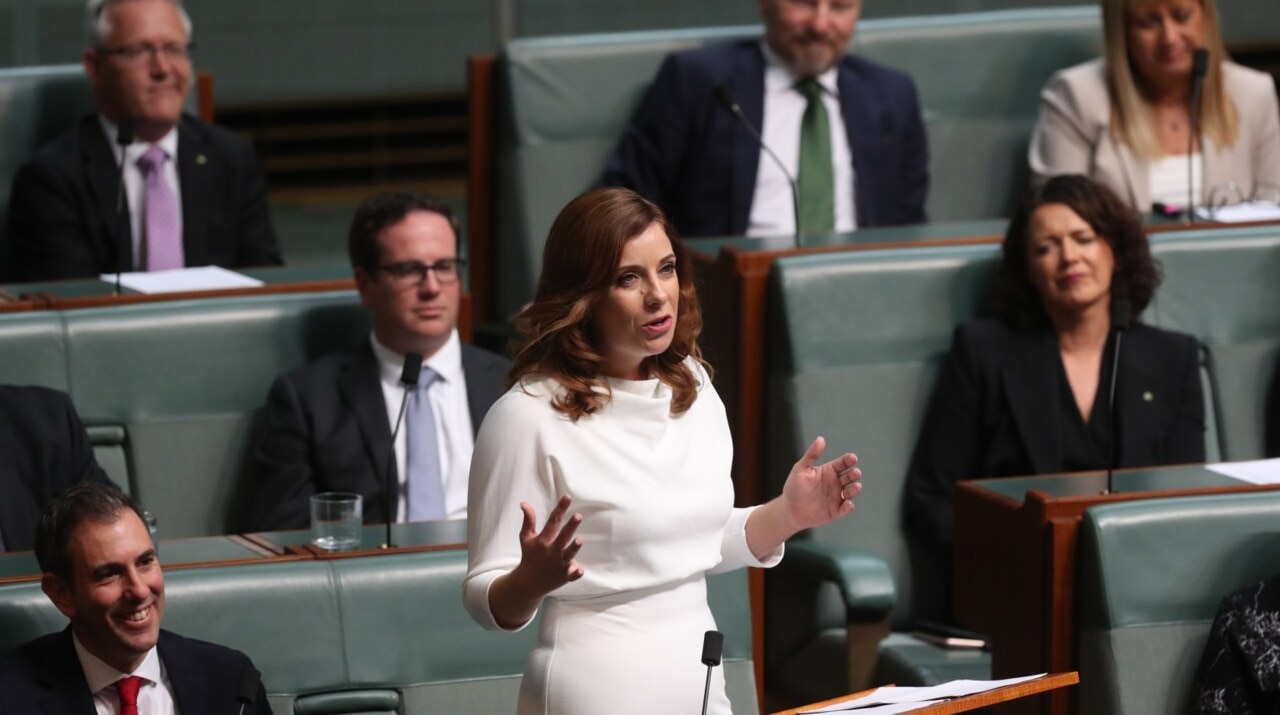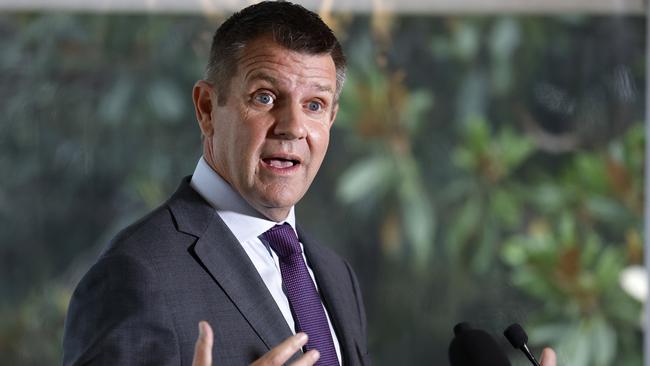$4bn injection into dental care needed for older Australians
A budget injection is needed for the care of older Australians, an investment both in their health and their ability to continue to live in their own homes, a pre-budget submission says.

A $4bn dental care package for older Australians over the next three years is just one urgent budget investment the Albanese government should make ahead of implementing its broader aged care reforms, the nation’s peak aged care provider advocacy group says.
Another $6bn in home care support over three years was also needed to help more older people remain in their own homes, the Aged and Community Care Providers Association proposes.
ACCPA’s pre-budget submission also calls on the government to smooth the path for migrants to work in aged care to help cover the exodus of carers.
Amid a funding crisis in aged care and a fast-growing group of older Australians needing support, ACCPA says the sector can’t afford to wait for the Albanese government to roll out its reforms.
“Aged care has been chronically underfunded for decades and we can’t keep going like this,” ACCPA chief executive Tom Symondson said.
“Half of residential providers are losing money on each and every resident and home care is trending dangerously down.
“This is unsustainable now, let alone in the future with demand for care set to spiral as the Australian population continues to age rapidly.”

Mr Symondson said ACCPA supported the recommendations of the final report of the government’s aged care taskforce released last week, including greater co-contributions from older Australians with the financial means to their accommodation and everyday living expenses, but “those recommendations will take time to bear fruit”.
“It is incumbent on the government to continue to grow funding to the sector in the meantime or aged care will slip through the cracks before reform can be implemented,” he said.
The aged care royal commission in 2021 recommended that a senior dental benefits scheme should be introduced to improve the overall health of older Australians and help them stay in their own homes longer. ACCPA said a $3.9bn commitment to an uncapped scheme would achieve that aim.
Add to that $6.1bn to fund 80,000 additional Home Care Packages in 2024-25, and an equivalent commitment in the subsequent two years as part of the new Support at Home program.
And against the backdrop of tens of thousands of aged care workers leaving the sector, or intending to, leveraging Australia’s future migration program is critical, the submission says.
“We’re advocating for better access to education, improved access to housing for care staff, easier migration routes for overseas workers, and direct funding of targeted aged care workforce programs,” Mr Symondson said.

The aged care taskforce recommended more individual co-contributions and a change to the funding system to allow nursing-home providers to keep a small percentage of the Refundable Accommodation Deposit each year to help cover new investment in stock.
Outgoing HammondCare chief executive Mike Baird said he stood behind the taskforce recommendations and the extra money that would flow into the system as a result. “It will help meet the estimated $42bn needed to build and refurbish care homes,” he said.

“More broadly this extra capacity will allow innovation in the delivery of specialist dementia and palliative care, to seamlessly reach people where they are – at home, in residential care, in a sub- acute hospitals.
“And it will help us support a doubling in home care clients, from one million to two million by 2042, as the number of Australians over 85 triples, and those reaching 100 grows sixfold.”







